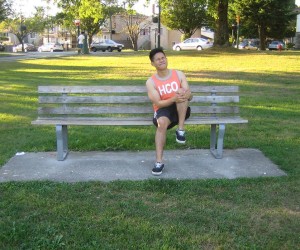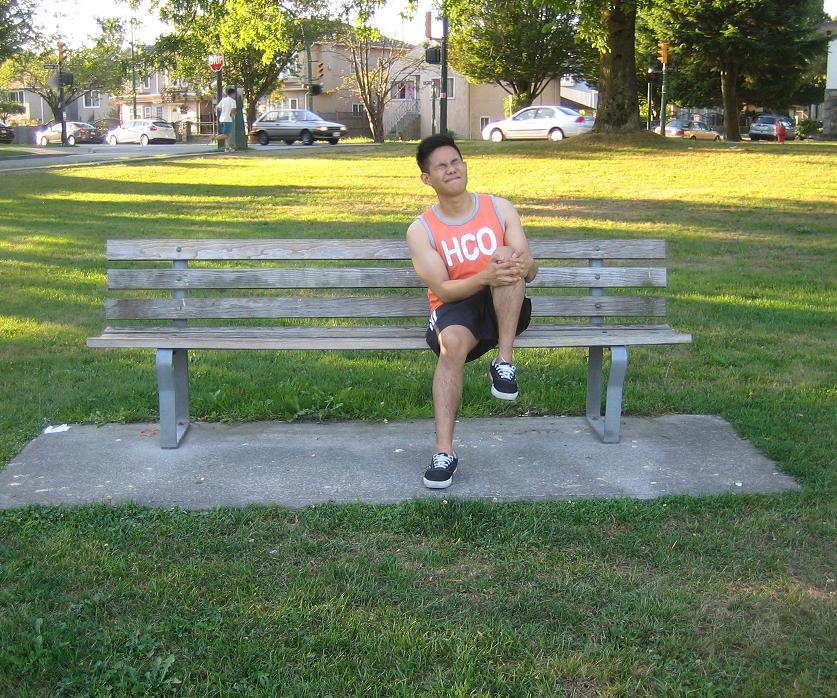Degenerative arthritis is a most common form of arthritis. Even though it is the most common form among adults over 65 years old, anyone can develop the disease at any age.
Remember that the risk for developing the condition rises with age. The reported cases increase drastically after the age of 50 among men and 40 among women. In addition, it is likely for degenerative arthritis to manifest years after sustaining the injury.
The joints that are generally affected include the hips, knees, fingers, big toes and the spine. The cartilage covering the bones in the affected joint degenerates. Once this arises, the body creates new bone as an attempt to repair the damage. The cartilage loss and formation of osteophytes add up to the pain which is the main characteristic linked with degenerative arthritis.

What are the causes?
Degenerative arthritis typically develops once the attempt of the body to fix the damage could not keep up with the rate of deterioration.
There are also structural, biochemical and metabolic changes that can arise to the joint cartilage.
Hereditary factors might also be involved. It is believed that degenerative arthritis might involve the whole joint with erosion of the articular cartilage, alterations to the synovial membrane, hypertrophy of the bone at the borders of the affected joint as well as involvement of the periarticular muscles and ligaments.
Management of degenerative arthritis
There are no available measures to prevent the progression of degenerative arthritis. The treatment is aimed on management of the symptoms such as pain, reduced range of motion and crepitus.
Adequate rest, application of heat, maintaining the ideal weight, mobility aids, range of motion exercise, NSAIDs or acetaminophen are typically used as treatment for the condition.
The narcotic pain medications are not needed. In case the symptoms flare-up, it requires intra-articular steroid shots. In severe cases, surgery might be suggested if the conservative measures are not effective.

